- Home
- Quizzes
- My Quiz Activity
- Newsletters
- MY FAVORITES
- Add Sports/Teams
- SPORTS
-
NFL
- NFL Home
- Arizona Cardinals
- Atlanta Falcons
- Baltimore Ravens
- Buffalo Bills
- Carolina Panthers
- Chicago Bears
- Cincinnati Bengals
- Cleveland Browns
- Dallas Cowboys
- Denver Broncos
- Detroit Lions
- Green Bay Packers
- Houston Texans
- Indianapolis Colts
- Jacksonville Jaguars
- Kansas City Chiefs
- Las Vegas Raiders
- Los Angeles Chargers
- Los Angeles Rams
- Miami Dolphins
- Minnesota Vikings
- New England Patriots
- New Orleans Saints
- New York Jets
- New York Giants
- Philadelphia Eagles
- Pittsburgh Steelers
- San Francisco 49ers
- Seattle Seahawks
- Tampa Bay Buccaneers
- Tennessee Titans
- Washington Commanders
-
MLB
- MLB Home
- Athletics
- Arizona Diamondbacks
- Atlanta Braves
- Baltimore Orioles
- Boston Red Sox
- Chicago White Sox
- Chicago Cubs
- Cincinnati Reds
- Cleveland Guardians
- Colorado Rockies
- Detroit Tigers
- Houston Astros
- Kansas City Royals
- Los Angeles Angels
- Los Angeles Dodgers
- Miami Marlins
- Milwaukee Brewers
- Minnesota Twins
- New York Yankees
- New York Mets
- Philadelphia Phillies
- Pittsburgh Pirates
- San Diego Padres
- San Francisco Giants
- Seattle Mariners
- St. Louis Cardinals
- Tampa Bay Rays
- Texas Rangers
- Toronto Blue Jays
- Washington Nationals
-
NBA
- NBA Home
- Atlanta Hawks
- Boston Celtics
- Brooklyn Nets
- Charlotte Hornets
- Chicago Bulls
- Cleveland Cavaliers
- Dallas Mavericks
- Denver Nuggets
- Detroit Pistons
- Golden State Warriors
- Houston Rockets
- Indiana Pacers
- Los Angeles Clippers
- Los Angeles Lakers
- Memphis Grizzlies
- Miami Heat
- Milwaukee Bucks
- Minnesota Timberwolves
- New Orleans Pelicans
- New York Knicks
- Oklahoma City Thunder
- Orlando Magic
- Philadelphia 76ers
- Phoenix Suns
- Portland Trail Blazers
- Sacramento Kings
- San Antonio Spurs
- Toronto Raptors
- Utah Jazz
- Washington Wizards
-
NHL
- NHL Home
- Anaheim Ducks
- Boston Bruins
- Buffalo Sabres
- Calgary Flames
- Carolina Hurricanes
- Chicago Blackhawks
- Colorado Avalanche
- Columbus Blue Jackets
- Dallas Stars
- Detroit Red Wings
- Edmonton Oilers
- Florida Panthers
- Los Angeles Kings
- Minnesota Wild
- Montreal Canadiens
- Nashville Predators
- New Jersey Devils
- New York Islanders
- New York Rangers
- Ottawa Senators
- Philadelphia Flyers
- Pittsburgh Penguins
- San Jose Sharks
- Seattle Kraken
- St. Louis Blues
- Tampa Bay Lightning
- Toronto Maple Leafs
- Utah Mammoth
- Vancouver Canucks
- Vegas Golden Knights
- Washington Capitals
- Winnipeg Jets
- NCAAF
- NCAAM
- Olympics
- Boxing
- Entertainment
- Lifestyle
- Golf
- MMA
- Soccer
- Tennis
- Wrestling
- Sports Betting
- More Sports
- RESOURCES
- My Account
- YB on Facebook
- YB on Twitter
- YB on Flipboard
- Contact Us
- Privacy Policy
- Terms of Service
Biggest question facing each NHL Eastern Conference team ahead of training camp
Training camp for all NHL teams will open later this month. No team will enter 2025-26 without questions, so here's the biggest one facing each team in the Eastern Conference.

Joe Pavelski, Scott Gomez, Zach Parise named to U.S. Hockey Hall of Fame
Longtime NHL forwards Joe Pavelski, Scott Gomez and Zach Parise are the headliners of the U.S. Hockey Hall of Fame’s 2025 induction class, the organization announced Wednesday.

Maple Leafs GM Brad Treliving speaks out in wake of Mitch Marner's safety concerns
Toronto Maple Leafs general manager Brad Treliving has weighed in on the recent conversation surrounding his team’s former star winger Mitch Marner.

Flames hire former longtime winger as assistant coach
He has been well-ingrained in southern Alberta since the waning days of his professional playing career.

Changes to NHL's LTIR to take effect in 2025-26, other CBA changes moved up
A handful of changes outlined in the CBA extension and new Memorandum of Understanding that were ratified over the summer will go into effect earlier than expected.
Maple Leafs sign young goaltender to three-year deal
Maple Leafs goaltender Dennis Hildeby had spent most of the summer as a restricted free agent, but he finally has a new contract in hand.

Projecting potential bounce-back players for 2025-26 NHL season
Every NHL season has its fair share of surprises, whether it’s the underdog team that makes it to the playoffs against all odds or the player rebounding from a down season who turns back the clock and rediscovers his game.

Canadiens make decision on Carey Price's contract
Despite not having played since the 2021-22 season, goaltender Carey Price and his contract continue to weigh down the Canadiens' salary cap flexibility.
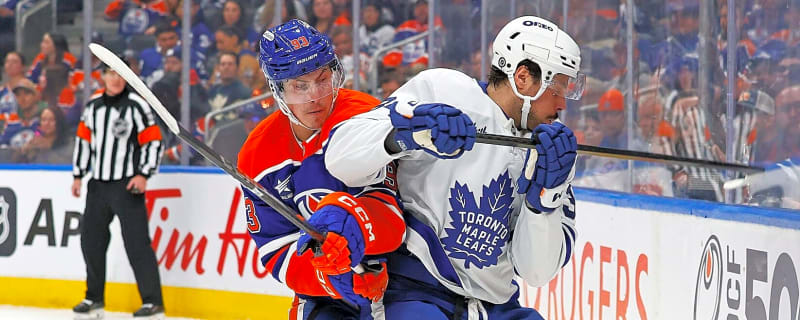
Five NHL teams that got noticeably weaker in the 2025-26 offseason
Teams are supposed to use the offseason to improve. These teams did not.
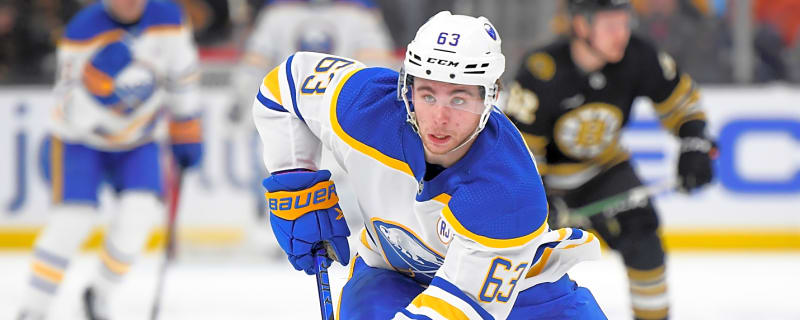
Sabres face difficult decision with Isak Rosen
It was only a few years ago that the Buffalo Sabres selected forward Isak Rosen with the 14th overall pick in the 2021 NHL Draft. Since then, he’s earned very little playing time at the NHL level, despite achieving successful AHL campaigns.
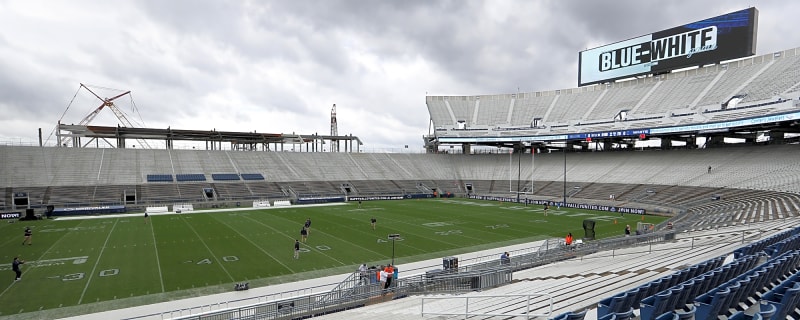
Penn State may have opened door to hosting future NHL Winter Classic
The Winter Classic is still the NHL's signature regular-season event, and one of the most anticipated venues to host one has been Penn State's Beaver Stadium for a Keystone State Game between the Pittsburgh Penguins and Philadelphia Flyers.
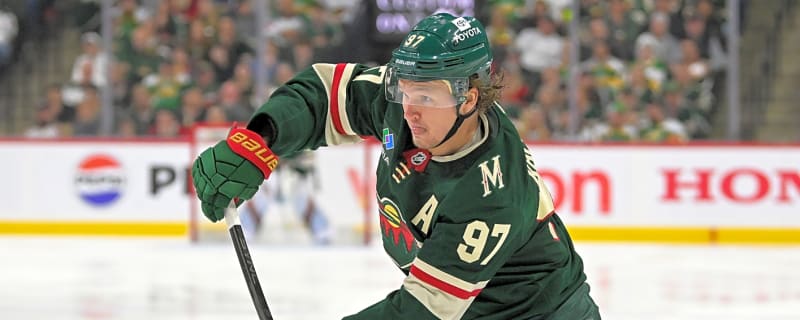
Wild could reach record-breaking deal on Kirill Kaprizov extension
All signs point towards Edmonton Oilers superstar Connor McDavid breaking the NHL’s record for the richest contract when he signs his next contract. The Minnesota Wild will be the only team to give Edmonton a run for its money.
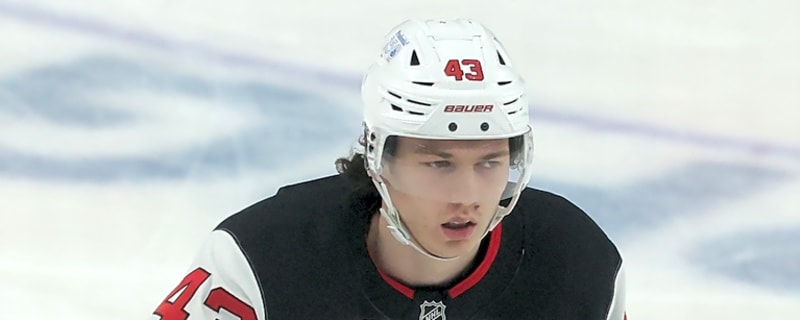
Devils, RFA defenseman at an impasse regarding contract length
Aside from Mason McTavish of the Anaheim Ducks, he is objectively the highest-profile restricted free agent remaining from this summer’s class.
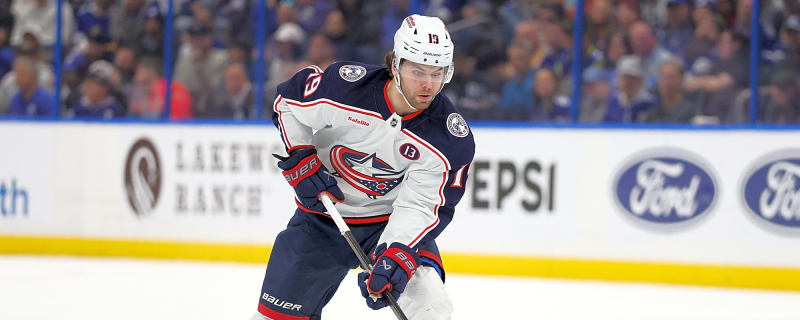
Blue Jackets' extension talks with young star will have major impact on salary
There’s no question that the Columbus Blue Jackets have one of the cleanest cap tables in the league, especially for how competitive they’re expected to be in the 2025-26 season.
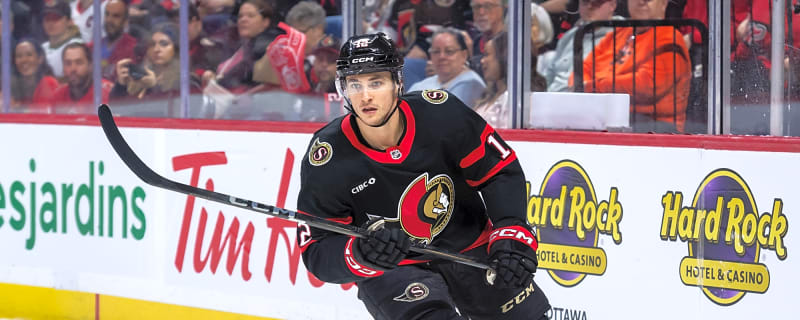
Shane Pinto extension not expected before start of season
Despite expressing a desire to sign a long-term extension with the Ottawa Senators when he became eligible on July 1, there’s currently no such agreement in place for Shane Pinto.
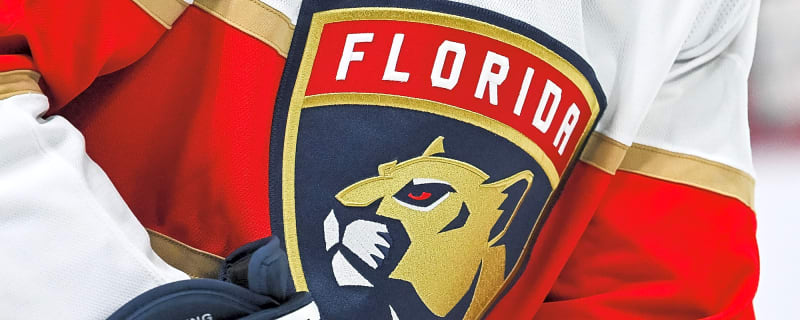
Panthers team president leaves to become CEO of NBA, WNBA team
Florida Panthers’ team president and CEO Matthew Caldwell is set to leave the organization after 11 years to become the CEO of the NBA’s Minnesota Timberwolves and WNBA’s Minnesota Lynx, per David Dwork of The Hockey News.
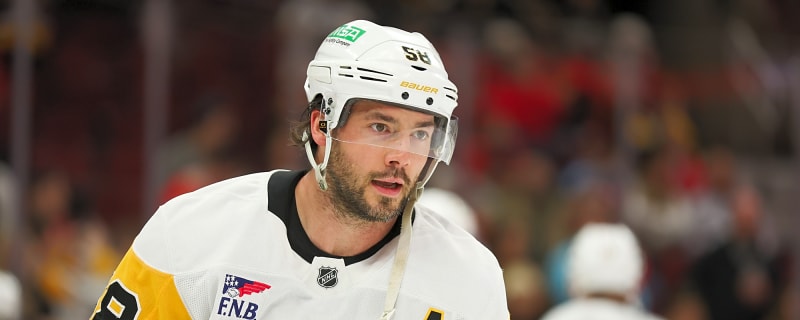
Why Penguins could be one of NHL's worst teams this season
Looking ahead to the upcoming season, the Penguins appear to be far from contending for a title given the lack of overall progression since the offseason.

Oilers CEO speaks out about Connor McDavid extension in revealing new interview
Connor McDavid officially became eligible to sign a new contract on July 1. But to this day, he has still yet to come to terms with the Edmonton Oilers.
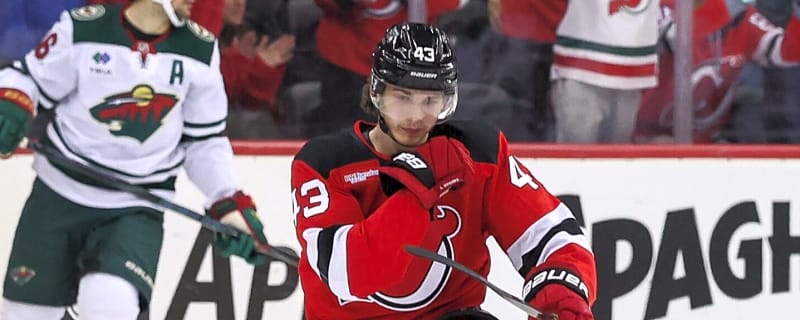
Five players who could swing the 2025-26 NHL season
Which players heading into 2025-26 will have outsized influences on the fates of their teams with their performances? Here’s an educated guess.

Maple Leafs' Matthew Knies could be beneficiary of Mitch Marner move
The conversation of which forward will step up for the Toronto Maple Leafs is beginning to grow as players reconvene for training camp. Toronto lost 100-point scorer Mitch Marner to the Vegas Golden Knights, and failed find a suitable replacement on the open market.
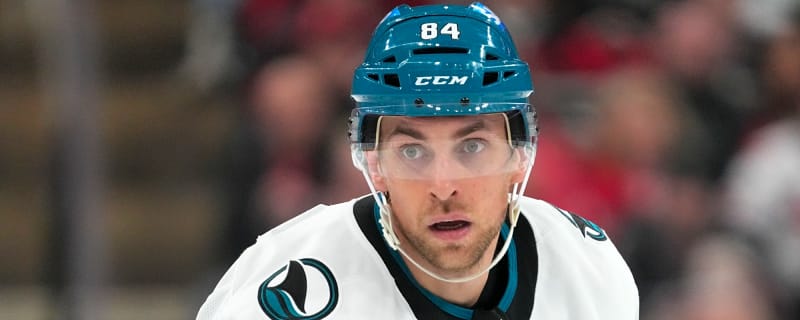
Two-time Stanley Cup champion leaves NHL for Switzerland
He played in 54 games for the Sharks last season, picking up just three goals and six assists in a little over 17 minutes a night

Filip Gustavsson discusses possible contract extension with Wild
Veteran goaltender Filip Gustavsson will play through the final year of his three-year, $11.25M contract next season and be due for a much richer salary next summer.
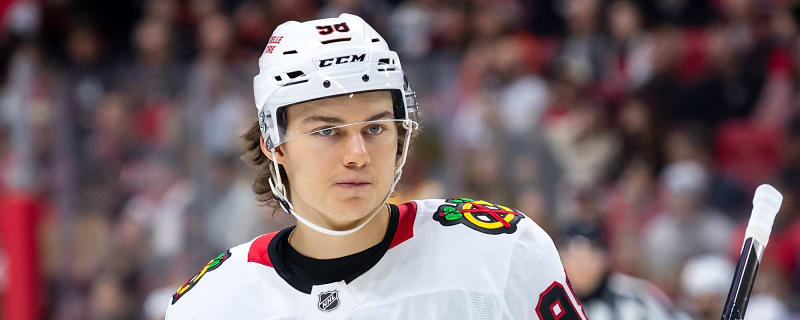
Connor Bedard, Blackhawks reportedly don't feel urgency for early extension
As of July 1, Blackhawks center Connor Bedard became eligible to sign a contract extension like every other player entering the final year of their respective contracts.

Five most improved NHL teams heading into 2025-26
Before training camps start, before we get a more accurate sense of line deployments and positional battles and injuries, we judge every NHL roster’s alterations by the names we see on paper.
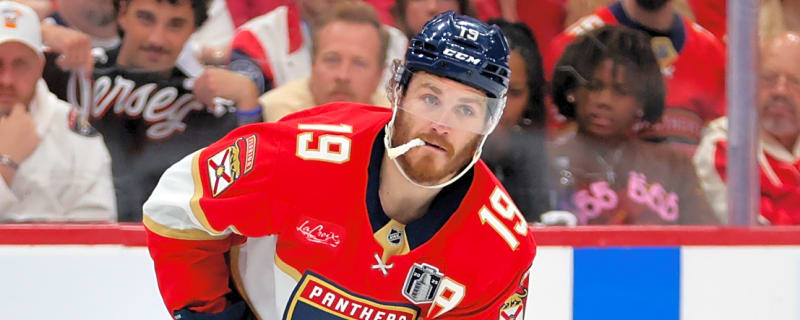
Panthers will be without Matthew Tkachuk for a while
Panthers star Matthew Tkachuk underwent a procedure “a few weeks ago,” and could miss as much as the first four months of the 2025-26 campaign.
Breaking News
Trending News
My Favorites
Customize Your Newsletter
 +
+
Get the latest news and rumors, customized to your favorite sports and teams. Emailed daily. Always free!
PRIVACY POLICY EDITORIAL POLICY CONTACT US
ABOUT YARDBARKER TERMS OF SERVICE
Use of this website (including any and all parts and
components) constitutes your acceptance of these
Terms of Service and Privacy Policy.
This site is for entertainment purposes only.
There is no gambling offered on this site.
Gambling Problem? Call 1-800-Gambler.

 Free Newsletters
Free Newsletters












